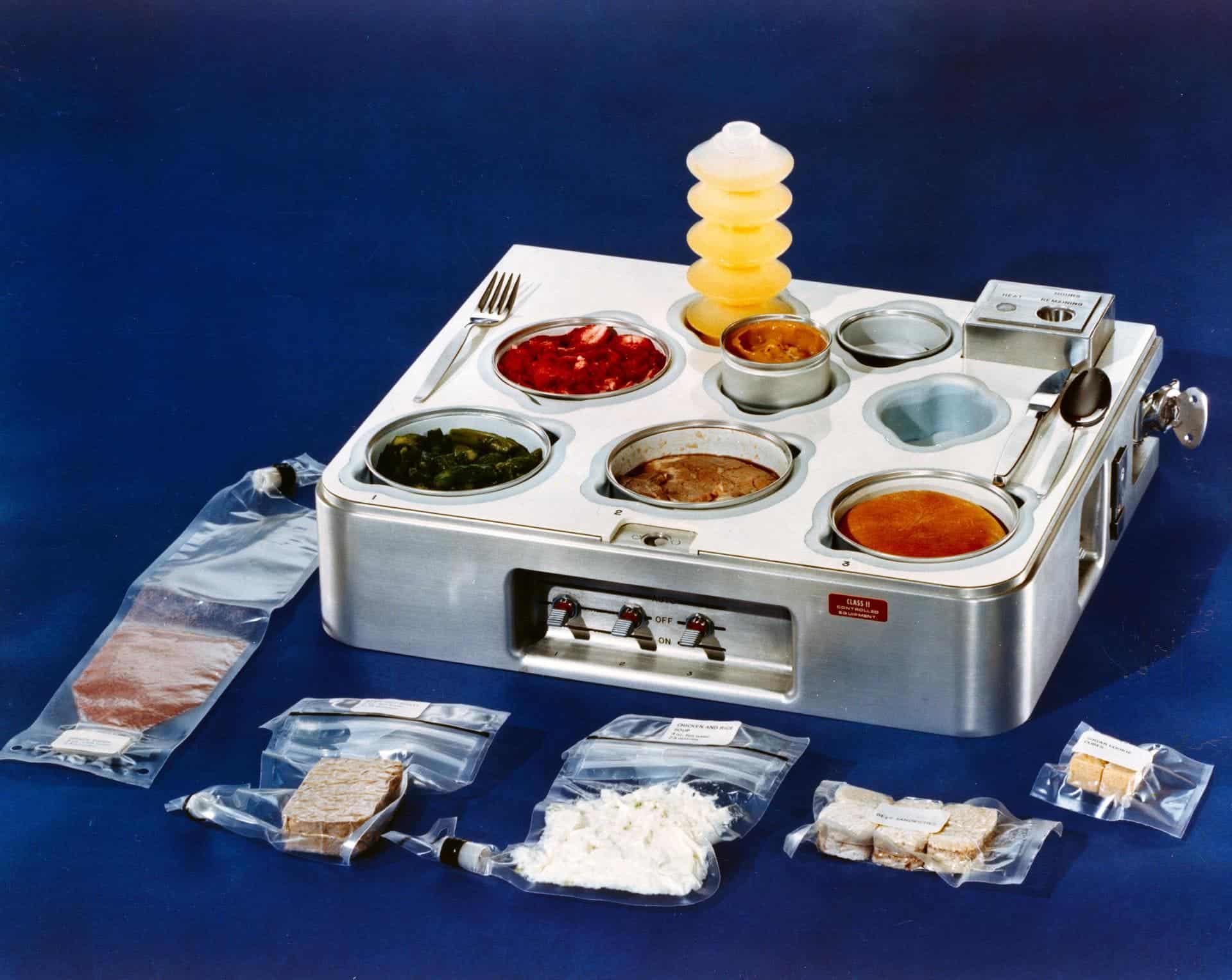
Astronaut food: what astronauts eat in space
Many of you reading this hope to one day be able to explore outer space; the thrill of discovery, entwined with the peace and solitude that only the silent void can provide. It's awesome stuff, I'm completely on board. But as it usually goes, great adventures come with great sacrifices.